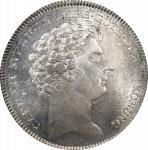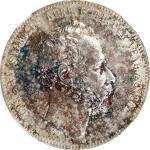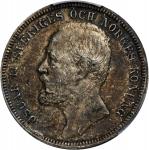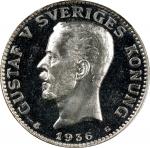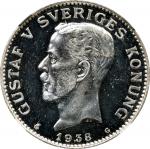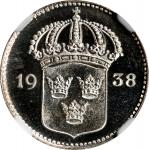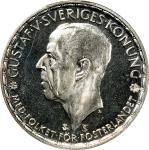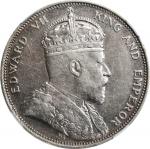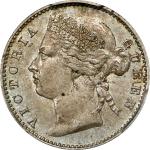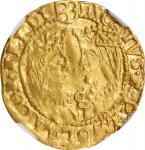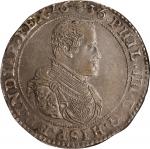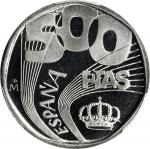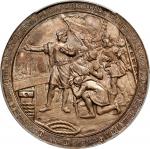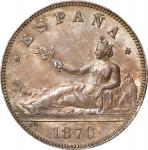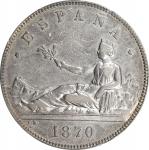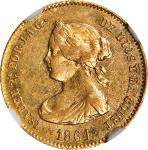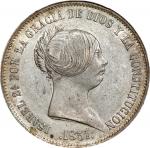SWEDEN. 4 Daler Copper Plate Money, 1724. Avesta Mint. Fredrik I. VERY FINE. KM-PM74; AAH-187. An impressive survivor from this popular and hefty output of rather curious money, featuring green-brown surfaces and overall very clear details.<p><em>The copper plate money minted in Sweden during the 17th and 18th centuries was, in essence, a government experiment focused upon using natural resources both as physical currency and as an exported commodity. Copper has been mined in Sweden since the Middle Ages, and the minting of copper coinage began in 1624 with round and small klippe pieces being produced. During this same time, Spanish demand for copper increased with the minting of subsidiary coinage and, across Europe, production of copper dropped, creating an advantageous situation for the Swedes. Having settled the intrinsic domestic value of copper to silver by law in 1643, the selling of copper coinage as an exported commodity became an even more appealing prospect. The only hitch in this situation was the costs associated with minting individual round coins, with 32 1 Ore coins needing to be produced to equal one Daler. In order to reduce these costs and increase their profit margin, Swedish authorities turned to the miners who had been pulling copper out of their land for centuries. Copper plates had been produced at mines for years and were and easy way for raw copper to be transported--all that was needed to make these into the coins that we know today were the five stamps placed in the corners and center of the plates. The first of these official plates was the 10 Daler SM issues of 1644 weighing in at a hefty 19.72 kg. In subsequent issues, smaller, more manageable denominations of 8, 4, 2, 1 and ½ Daler were struck and easily exported. For over 130 years, with the exclusion of only a few brief periods, this form of currency was minted and traded to countries in Europe and as far away as India and the Pacific. Even after the plates became obsolete as a form of currency, they were still desirable as an export due to their uniform shapes and weights. So much was exported, in fact, that, despite millions of these plates having been made, less than 15,000 are known to be in existence today.</em>


